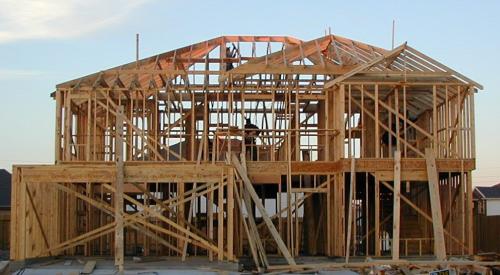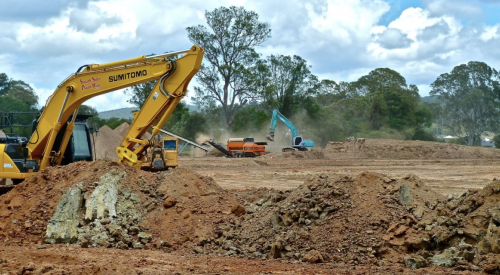The continuing collapse of housing markets across the country is not uniform; Texas and the Carolinas are bucking the downward trend. In many ways, this slowdown is similar to what happened between 1990 and 1992, although that one had a national economic recession to deepen it. We've avoided that this time — so far.
Fannie Mae chief economist David Berson points out that years of frenzied housing investor activity from 1987 to 1989 preceded the 1992 housing slump. Markets in the worst shape now had investors drive housing price increases to unsustainable rates. And today, "the investors have not only stopped buying, they are selling," says Berson. "That's why inventories and cancellation rates are up dramatically. The markets in most trouble are those that had the most investors, without other factors to offset it such as good job growth, in-migration and strong household formations. Those markets have the potential for significant declines in housing activity and prices."
Another set of housing markets have a different problem: weak economies. You won't see as big a drop in housing activity there as in the investor-driven markets. "There weren't many investors in southern Michigan," Berson says, "but there's the potential for a long housing downturn there."
Berson predicts a drop in home sales this year of 10 to 15 percent, followed by a further decline of 5 to 7 percent in 2007.
"In the early 1990s, we had five years where price gains averaged only about 2 percent a year, well below the rate of inflation," Berson says. "The good news today is other parts of the economy are growing well. That should offset the damper of a housing slump. But growth will be below-trend because housing is slowing the national economy."
|












